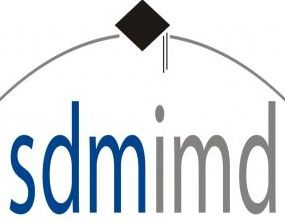
 Case Study
Case StudyABC REGIONAL COOPERATIVE DAIRY FEDERATION'S BOTTLED WATER MARKETING INITIATIVE
Abstract:
Operation Flood, India’s ambitious and the world’s largest dairy development program was launched in 1970s to strengthen the dairy sector in India. Operation Flood sought to link milk producers spread across lakhs of villages in India to urban markets. It was conceptualized as an institutional response to help producers and correct market imperfections in the dairy business. A three tier producer-owned cooperative model, that included village level dairy cooperative societies, district level cooperative dairy unions and state level dairy cooperative federations, popularly known as Anand pattern of cooperatives, was the structure through which the program was implemented. The structure deployed modern technology to process milk procured to achieve economies of scale and market the product to urban consumers at a fair price. Providing high quality milk to consumers and fair price to producers was the social mission of organizations established under the Operation Flood program. While many dairy plants set up under the program achieved viability, some of them were not adequately viable due to low capacity utilization. Many solutions were thought about, one of which was launching new products that could be manufactured by dairy plants to improve capacity utilization. The case discusses initiatives by a dairy federation to develop and market bottled water to urban consumers and institutional markets. The case highlights challenges in product diversification, formulation of product strategy and the importance of screening at the time of planning a launch in the market. In addition, raises dimensions relating to vision for brand. In addition, the case raises issues pertaining to marketing and society interface in the context of marketing bottled water by a dairy cooperative organization with the social mission of procuring milk by paying remunerative price to producers and marketing quality milk at fair prices to consumers. The case also opens up dimensions such as the importance of aligning product diversification and product strategy with the overall mission. Challenges in this regard due to the nature of ownership form that is rooted in social commitment are also relevant issues for discussion.
Learning objectives
- To identify challenges in product diversification
- To examine possible product strategies
- To focus on the relevance of having a vision for brand
- To understand dimensions of marketing and societal interface
-
 Pub Date:25 Aug 2021
Pub Date:25 Aug 2021 -
 Source:SDMIMD
Source:SDMIMD -
 Discipline:Brand Management
Discipline:Brand Management -
 Product#:1629
Product#:1629 -
 Keywords:Product diversification, product strategy, marketing and society, social enterprise.
Keywords:Product diversification, product strategy, marketing and society, social enterprise. -
 Length:Pdf : 7 page(s) ,
Length:Pdf : 7 page(s) ,
 Case Study
Case Study